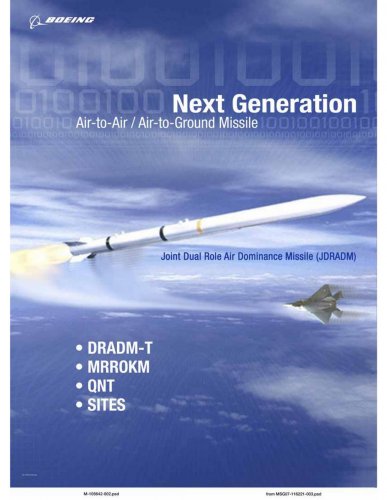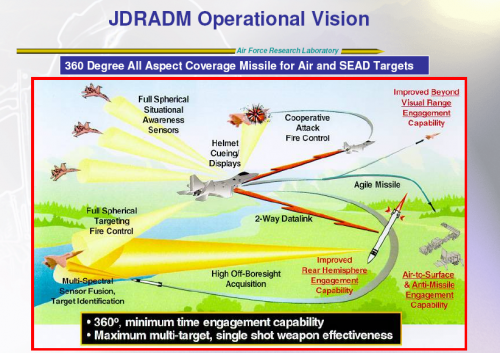- Joined
- 18 March 2008
- Messages
- 3,529
- Reaction score
- 956
F-14D said:JDRADM is not to repace AIM-120 and AIM-9X, but rather AIM-120 and AGM-88. Therefore, it wouldn't have to fit into the side bays of the F-22, it would be carried where AIM-120 is now.
To calrify the JDRADM won't replace the AIM-9X for the F-22 (side bay issues) but it will replace it for the F-35 and the F/A-18E/F. Since in the JDRADM's service timeframe (>2020) that is a difference of 100 aircraft to 2,000 to 3,000 aircraft (not counting remaining F-15 and F-16 AIM-9X users) its easy to imagine a time when the F-22 is insignificant to these issues. Capability wise JDRADM will be able to perform the WVR dogfight mission. At least that's the plan to date...












